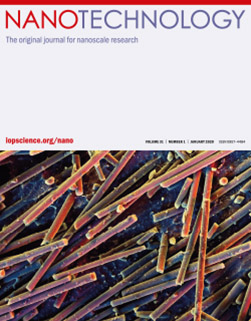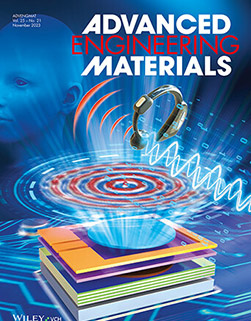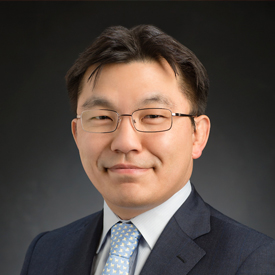For years, artificial systems–such as robots and machines–have been used for industrial applications, making a tremendous impact on society. However, steady progress made by scientists could replace artificial systems with Multi-Cellular Engineered Living Systems, which are composed of living cells and extracellular matrices and are able to perform new functions that are absent in natural systems. Two research programs, bio-hybrid robots and biological processors, form the foundation of the M-CELS research theme. M-CELS focuses on developing in silico, cellular, and artificial components that are used in the assembly of biomachinery and computing processors, along with studying the genomics and proteomics of engineered living systems.
Recent Publications from M-CELS
View full list of publications from M-CELS
From Leaders of the Theme
This theme utilizes M-CELS to assemble various transformative engineering systems, aimed at creating new and efficient solutions to real-world problems. Such constructions include biohybrid robots, organic computers, and energy generation devices as well as other new and unforeseen possibilities. These systems may also encompass implantable “hyperorgans” that sense a biological signal, and in response, synthesize, secrete and deliver a biologic product, via diffusion or pumping.
M-CELS’ team-based approach spans multiple disciplines, consisting of biologists, computational scientists, and engineers. The team develops new core technologies and computational methods that are used to build improved and technologically advanced M-CELS, along with providing evolutionary insights.






